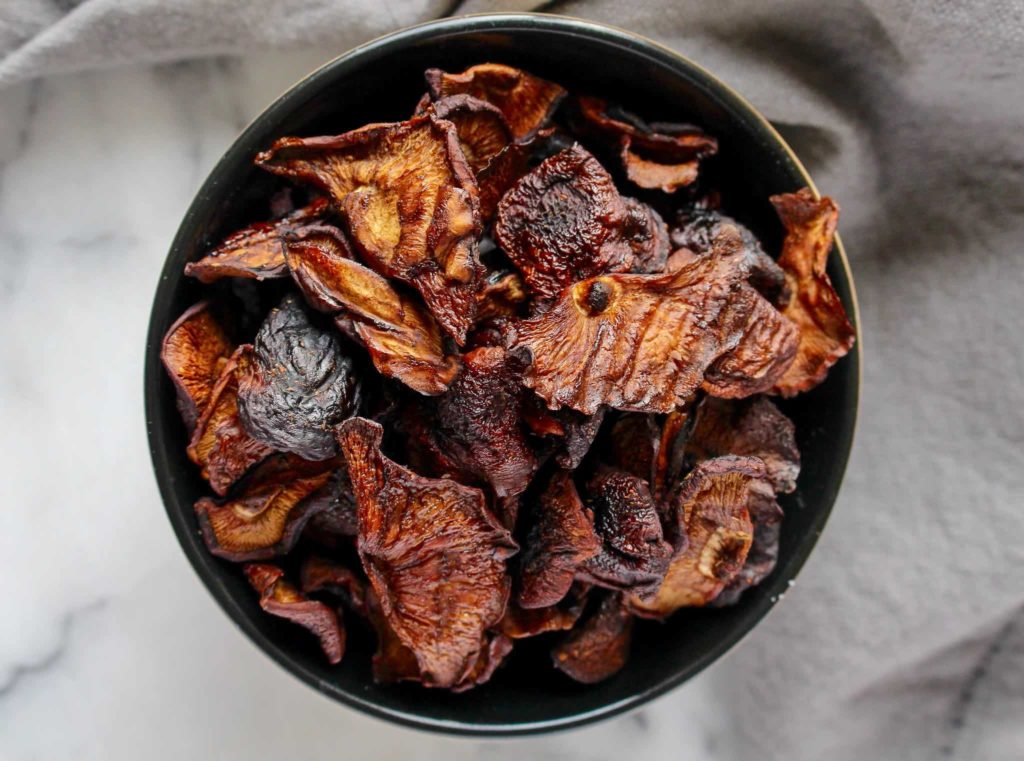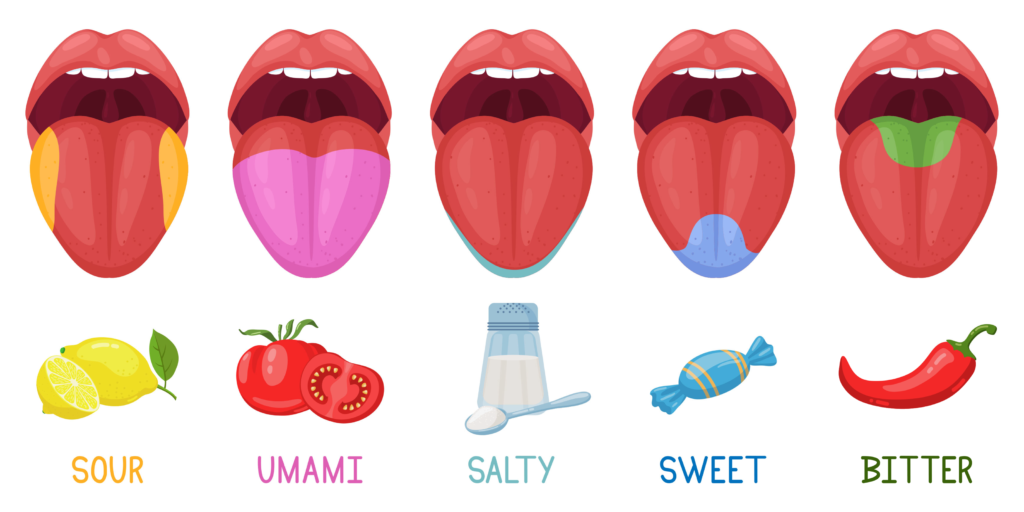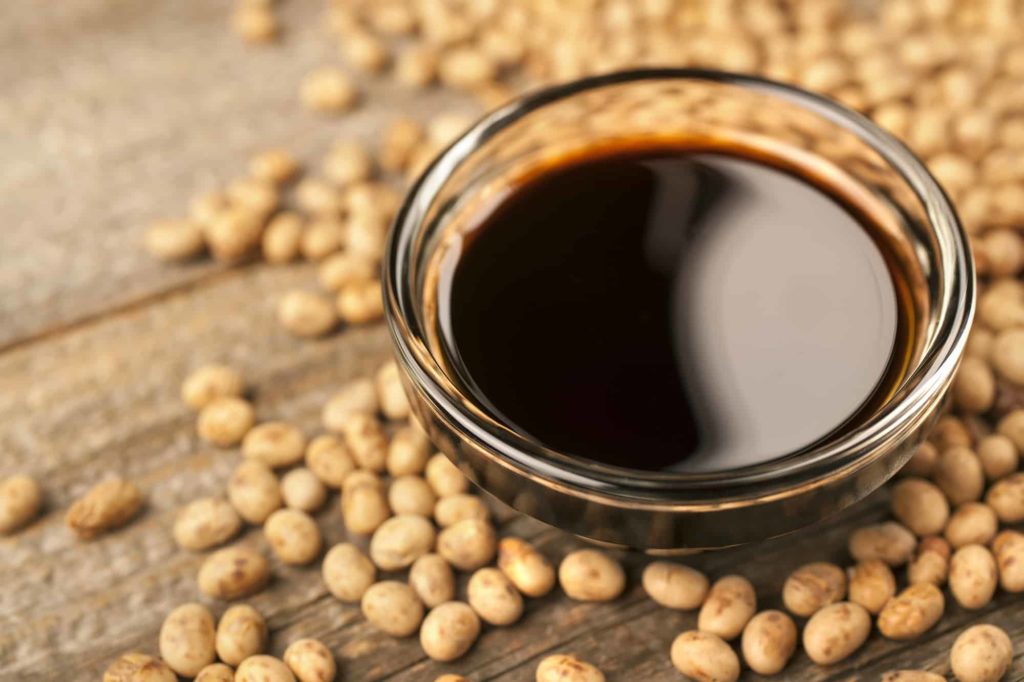
Many of you have heard about the fifth taste sense umami, but have you heard of kokumi? While umami is a savory taste that means “deliciousness” in Japanese, kokumi provides us with a sensation of “mouth-fullness” and translates to “rich taste”.

"Kokumi is triggered by certain peptides and amino acids in foods that activate calcium receptors on the tongue. The activation of these receptors enhances our perception of salt, sweet, and umami."
Kokumi is known more as a flavor modifier and mouth feel rather than a taste. When eating chicken soup, that savory, brothy, and meaty flavor is thanks to umami. The complexity of flavors and the lingering sensation of body and richness in the mouth attributes to this mouth feel.

Kokumi is triggered by certain peptides and amino acids in foods that activate calcium receptors on the tongue. The activation of these receptors enhances our perception of salt, sweet, and umami. On the other hand, we taste umami when specific taste receptors on our tongue come into contact with glutamates and nucleotides. There are many foods with naturally occurring glutamates and nucleotides, such as tomatoes, mushrooms, cured cheeses, meats, and seafood.

Clean-label foods with umami and kokumi are both available for the commercial and food manufacturing world.

Kokumi and umami work together synergistically to give us a pleasantly enhanced explosion of flavors. They can be used to make foods reduced in salt and fat more palatable. There are many clean-label foods and ingredients that deliver both kokumi and umami such as soy sauce, shrimp paste, and in the commercial or industrial manufacturing world, yeast extracts or hydrolyzed vegetable proteins. With health foods on the rise, incorporating ingredients into foods that provide umami and kokumi can be a vital tool in turning foods from dull to an exceptional culinary experience.